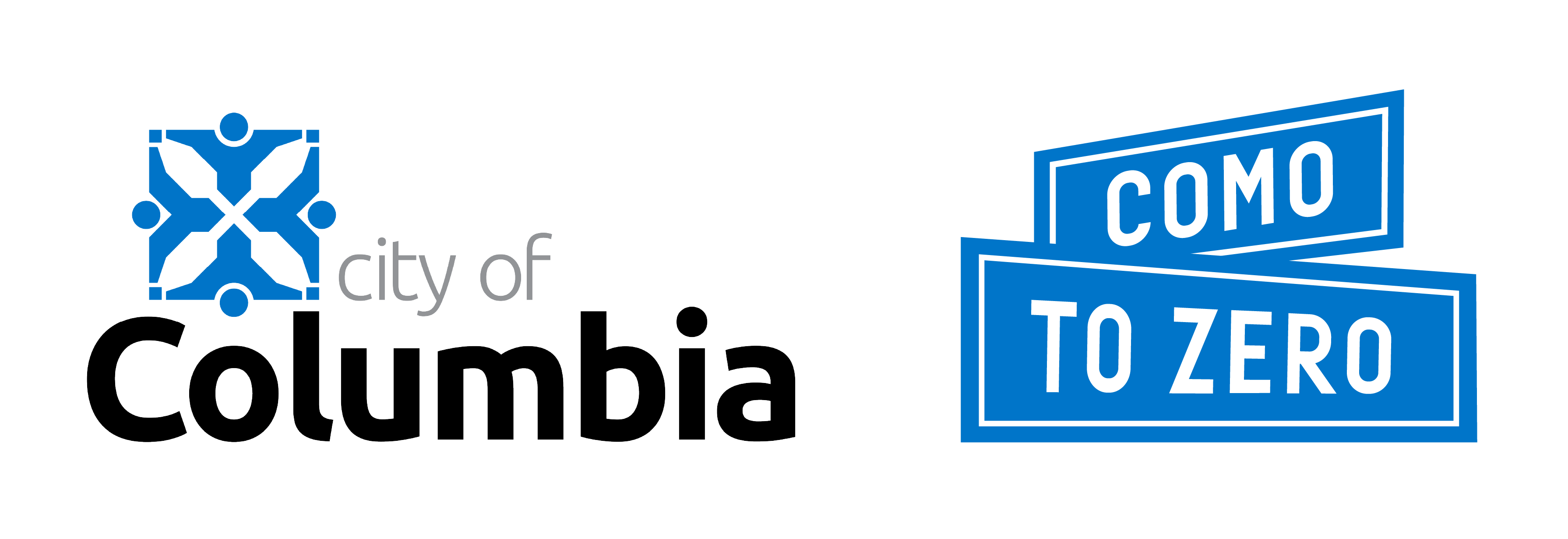FAQs
What is Vision Zero?
Vision Zero is a nationwide initiative to eliminate traffic deaths and serious injuries through systemic safety strategies.
What is the “CoMo to Zero” Action Plan, and how does it relate to Vision Zero?
The “CoMo to Zero” Action Plan is Columbia, Missouri’s local version of a Vision Zero plan. Although the national “Vision Zero” initiative aims to eliminate traffic deaths and serious injuries, Columbia is branding its updated comprehensive safety plan as CoMo to Zero.
Why update the plan now?
The original Vision Zero plan is nearly 10 years old. Columbia is incorporating new data, strategies and community input to ensure the plan is actionable and effective. Since the plan’s adoption, crash trends have shifted dramatically. Rates were high before the pandemic, temporarily dropped, and then surged again once activity resumed. These shifts underscore why now is the right time to refresh the plan and align it with current conditions and community needs.
What types of projects will be recommended in the updated plan?
The plan will include both low-cost, systemic safety improvements that can be applied citywide (like crosswalk enhancements or speed management strategies) and larger, targeted infrastructure projects at high-crash locations.
How will public input be used?
Community feedback will be collected through surveys, pop-up events, walking audits and a public open house. This input will be combined with crash data and equity analysis to shape final recommendations.
How can I participate?
Residents can participate in surveys, attend pop-up events, join walking audits or attend the public open house. Online engagement tools will also be available.
Who is involved in the planning process?
The City of Columbia is leading the update in partnership with HDR, MoDOT, the University of Missouri, advocacy groups like Local Motion, health systems and other community partners.
When will the public see the final plan?
A draft CoMo to Zero plan will be released for review and feedback in early 2026, followed by a final plan adoption in January 2026.
What is the Safe System Approach?
It’s a national framework that recognizes human errors are inevitable, but severe crashes are preventable. It emphasizes safer roadway design, safer speeds, safer vehicles, safer people and stronger post-crash care.

